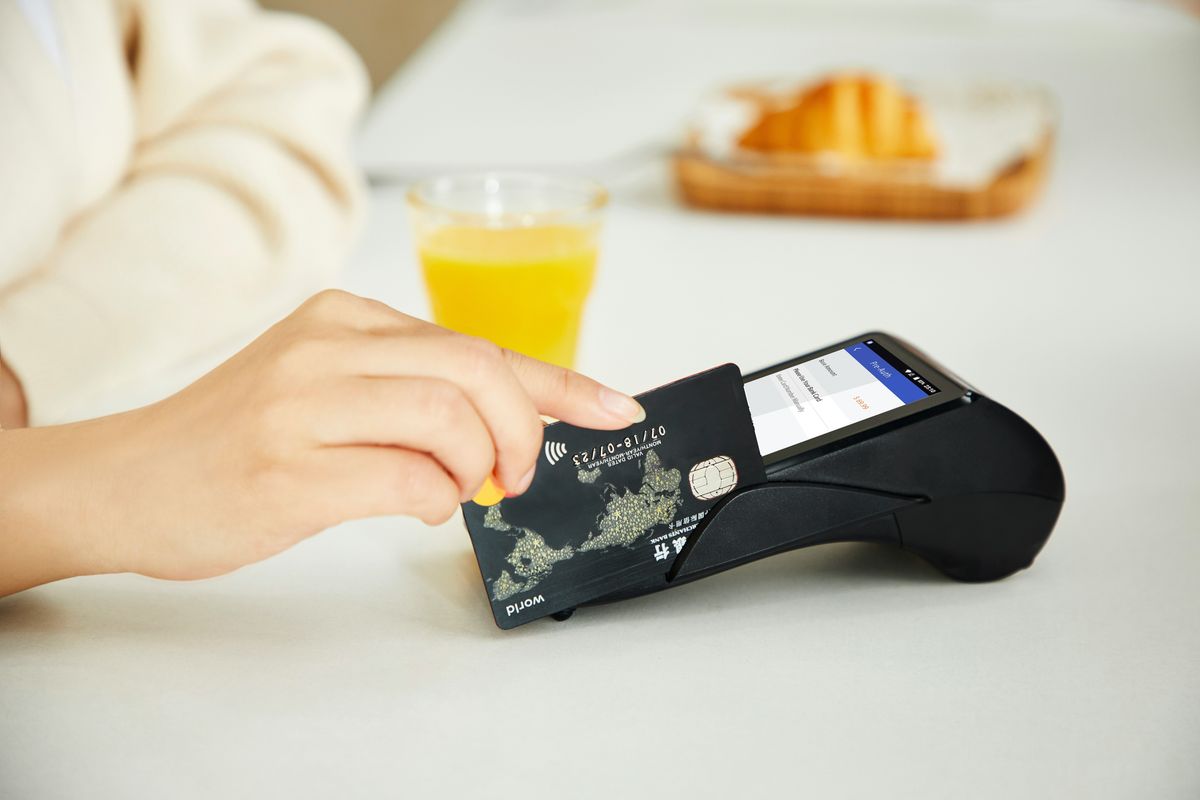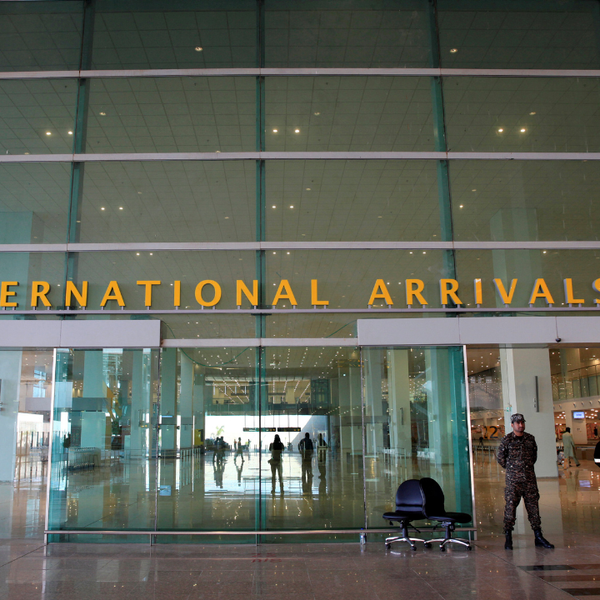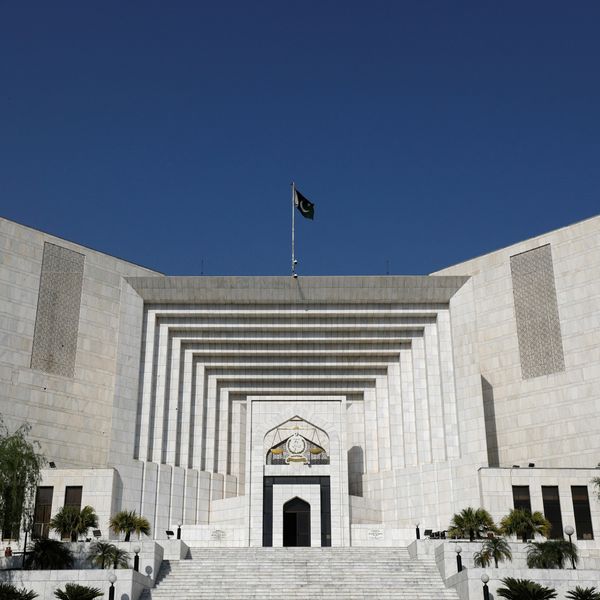Consumer debt in Pakistan surges as buying power shrinks
SBP data shows credit card and auto loans increased during FY25
Business Desk
The Business Desk tracks economic trends, market movements, and business developments, offering analysis of both local and global financial news.

Soaring inflation is pushing Pakistani consumers deeper into debt, as borrowing through credit cards and auto loans surged by the end of fiscal year 2025, highlighting growing financial pressure on households.
According to the State Bank of Pakistan data, credit card borrowing rose to PKR 157 billion as of June 30, up by 29% from PKR 122 billion in FY24.
Auto loans also saw a strong rebound, rising to PKR 277 billion from PKR 225 billion in FY24. Analysts attribute the increase in auto financing to easing financial conditions and a return to macroeconomic stability after mid-2024.
The increased financing was also spurred by the lower interest rate, which has been reduced from 22% in June 2024 to 11% in 2025.
“Consumers are increasingly relying on credit to meet their everyday needs, especially as real incomes shrink due to inflation,” said a Karachi-based financial analyst. “The growth in credit card and auto loan usage reflects both financial stress and confidence in slightly improved economic prospects.”
The consumer finance segment, which accounts for 8.7% of total domestic private sector advances, recorded PKR 55 billion in new borrowing during the first half of 2025, in stark contrast to a net retirement of PKR 16 billion in the same period last year. The increase was led mainly by auto financing, followed by credit cards.
While consumers borrowed more, many major industries significantly cut back on credit.
The financial sector led with a net retirement of PKR 553 billion, followed by textiles (PKR 312 billion), insurance (PKR 261 billion), energy (PKR 189 billion), services (PKR 106 billion), and automobiles (PKR 61 billion).
One of the most notable shifts occurred in the sugar sector, which retired PKR 53 billion in the first half of 2025, compared to a net disbursement of PKR 172 billion during the same period in 2024. Improved cash flows, higher sugar prices, and strong export demand enabled the sector to reduce its credit dependence.
The contrasting trends—rising consumer borrowing alongside widespread corporate deleveraging—highlight the uneven impact of Pakistan’s economic environment.
“While businesses appear to be stabilizing and repaying debt, households are moving in the opposite direction,” said an analyst. “This divergence is a red flag for financial planners, as household debt accumulation can create long-term risks if inflation remains high.”
Economists warn that continued dependence on consumer credit may pressure banking liquidity and slow down broader economic recovery if inflation does not ease in the coming quarters.







Comments
See what people are discussing